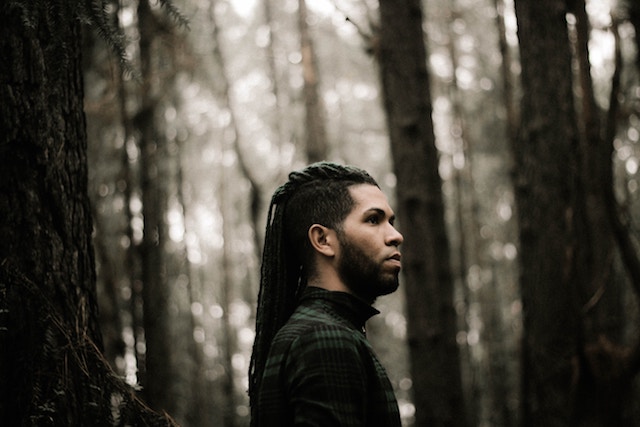I’ve been at it for some time now, and I’m not sure the “conventional way” is for me.
Meditation, that is.
I’ve had an on-and-off-again relationship with meditation since I first attended a retreat in 2015. The retreat itself blew me away; it allowed me to open myself to the truth of who I am. To really look beyond the societally-built facades and life-long conditioning I’ve unknowingly accepted, and introduced me to my truth. I was sure I’d be hooked.
After leaving the retreat and being left to my own devices, I started to develop some lukewarm feelings for this thing called “meditation.”
A simultaneous sense of yearning and repelling is a normal relationship to have with meditation—particularly in the early stages. It’s hard. It sounds easy, but really it isn’t. There’s a mistaken idea that meditation is all serenity, but the reality is something quite different. In my experience, irritation, frustration, self-deprecation, and (at times) pure contempt for my mere existence have all come up in my practice.
I’ve found it really useful to acknowledge that this balance is okay. This frustration, these thoughts, the self-directed insults, it’s all okay right now. This is part of the practice—part of the process. Meditation is about sitting with and noticing thoughts, and then letting them go. And that’s inclusive of all thoughts, even those beating down on us with a big judgmental stick.
What I’ve also come to realize is that it’s okay to create my own version of meditation. A version that works for me. Traditionally, a person engaging in meditation either sits on the floor or on a chair, head held high to the heavens, bottom firmly secured to the seat, back upright, majestically erect. Eyes are usually closed, and it’s commonplace for the practice to take place indoors.
But I struggle with this.
So I’ve created my own version. The objective remains the same—to become more in touch and in-tune with myself. The here and now. My inner being. But my method is different; it’s more in line with secular mindfulness practices.
My original meditation differs in three key ways:
1. I stand up.
I struggle with the sitting in meditation. My back hurts. I become fidgety. As much as I can sit tall, I find myself better able to focus when standing tall. Sometimes I even allow myself to walk, so long as I am mindfully walking, feeling into each step, noticing the sound of my foot against the floor. Full awareness of every muscle moving me from one space to the next. A mindful encounter with my body.
2. I do it outside.
Nature sits hand-in-hand with a meditative practice for me. I like to feel the wind on my face, hear the skylarks singing their morning melody, and smell the faint residual smoke of a day-old bonfire. I use my senses when meditating and being outside surrounded by nature. It feels like the most natural place to foster a sense of oneness with the world.
3. I do it with my eyes open.
Most meditative practices involve closing the eyes and connecting with the “Third Eye.” Again, I have fought with this. I have urges to open my eyes so strong, they overwhelm me. I’ve personally found it more useful to keep my eyes open from the outset. Not to look around and allow myself to be distracted, but to keep my eyes in a soft gaze at a particular spot. I am still in awe of how much I can witness in my peripheral vision when staring at a single spot only. The sound of a passing fly becomes so precise and alive, and the moving leaves on the trees take on an almost electric quality.
I hope in sharing this alternative practice you feel encouraged to experiment with and explore which meditative practices work for you. We need not beat ourselves up for not doing it the way the textbooks tell us to. We can take where we are—right now—and feel our way into knowing what is right for ourselves.
Relephant:
A Profound Meditation Practice for those who Can’t Sit Still.
~
Author: Louise Lee
Image: Allef VInicius/Unsplash
Editor: Danielle Beutell
Copy Editor: Callie Rushton
Social Editor: Travis May






Read 0 comments and reply